Download the book Cloud Computing and Its Applications
Prepared by: Ibtisam Al-Shammari
Cloud computing and its applications are among the most important modern technological trends that have radically changed the way we handle data and electronic services. Cloud computing and its applications are technologies that provide computing resources such as software, storage, and processing over the Internet, or what is known as the "cloud," without the need for the user to provide special physical hardware.
Cloud computing relies on converting computer resources, including software and hardware, into services delivered over the internet. Users can access these services anytime, anywhere, using any internet-connected device. Among the most important features of cloud computing and its applications are its low costs and ease of use, as it only requires a good internet connection and basic software such as a web browser.
MWhat are the benefits of cloud computing?
Among the most prominent benefits of cloud computing are high data processing speed, flexible access to resources, and continuous updates performed automatically by service providers, relieving users of the responsibility of maintenance or updates. This makes it an ideal choice for individuals, businesses, and even governments.
To benefit from cloud computing and its applications, there are some basic components that must be available, which are:
FirstlyThe customer or user, who can be anyone using only an average electronic device, provided that it is connected to the Internet.
secondlyThere is an operating system that allows network connection.
ThirdThe applications or software used, the most famous of which is the Internet browser, which is the gateway to access cloud services.
FourthA cloud computing and application service provider that provides the servers and infrastructure to deliver these services efficiently.
Cloud computing and its applications include three main service models:
Software as a Service (SaaS): Ready-to-use software is provided directly over the Internet without the need to install it on the user's device.
Platform as a Service (PaaS)Provides an integrated environment for developers to build and run their applications.
Infrastructure as a Service (IaaS)Provides infrastructure resources such as servers, networks, and storage, as needed.
As for cloud applications, they are programs that work directly over the Internet without the need for installation. Examples of these include:Google Docs and Photoshop Express have also emerged, as have cloud operating systems like Chrome OS and Jolicloud, which allow users to run the operating system online and enjoy all its features without having to physically install it on their device.
Cloud computing doesn't stop there, but has expanded to include smart devices. These applications provide easy-to-use interfaces, support for all operating systems, and the ability to backup, synchronize, and share files easily. Some of the most popular applications on smartphones include:OneDrive, Box, and Dropbox.
Despite all these advantages, cloud computing and its applications face some challenges, such as the need for a constant internet connection, security concerns related to privacy and data protection, and some cloud applications may not be as efficient as traditional applications installed on devices.
However, cloud computing and its applications remain an advanced and flexible option that meets the needs of individuals and organizations in an era of increasing need for speed, flexibility, and security in data management.
With the growing global reliance on cloud computing and its applications, the future is moving toward its wider adoption in various fields, such as education, medicine, business, and media. Indeed, it has now become a fundamental pillar of digital transformation, highlighting its utmost importance in light of the rapid evolution of the digital world.
Advantages of cloud computing
Cloud computing and its applications are not just a technology; they are an integrated system for managing and operating digital resources with the highest efficiency and lowest cost. It represents a quantum leap in the field of information technology, as users no longer need to own complex infrastructure or expensive software. Instead, through a monthly or sometimes free subscription, they can easily and reliably access all the digital services they need.
Cloud computing and its applications are also characterized by their ability to expand. Users can easily increase or decrease resources and services as needed, without the need to purchase hardware or upgrade software. This is suitable for startups and medium and large enterprises alike.
Cloud computing has facilitated continuous software updates, as all updates are performed automatically by the service provider, without the user having to manually reinstall or update anything. This feature reduces errors and ensures a smooth and consistent user experience.
Media and Cloud Computing
Cloud computing and its applications also serve the media sector by providing platforms for streaming content, storing videos, editing them, and publishing them directly on the Internet. The most famous of these platforms are:YouTube and Netflix, which use powerful clouds to process massive amounts of data and deliver it to millions of users around the world.
With the continuous development of artificial intelligence and machine learning, cloud computing and its applications have begun to play a significant role in analyzing big data, drawing conclusions, and predicting future user behavior, opening up new horizons for unprecedented commercial and scientific applications.
While cloud computing offers all these benefits, there is a continuing need for awareness and training on its optimal use, especially in educational and administrative institutions, where its safe and effective use is an important part of successful digital transformation.
Ultimately, it can be said that cloud computing and its applications are no longer a technological luxury, but rather a necessity in today's world, which relies on rapid access to information, efficient performance, and flexible resource management. Anyone who delays adopting this technology may find themselves out of competition in the near future.
You can download the book Cloud Computing and Its Applications directly from here.
 تحميل كتاب الحوسبة السحابية وتطبيقاتها
تحميل كتاب الحوسبة السحابية وتطبيقاتها


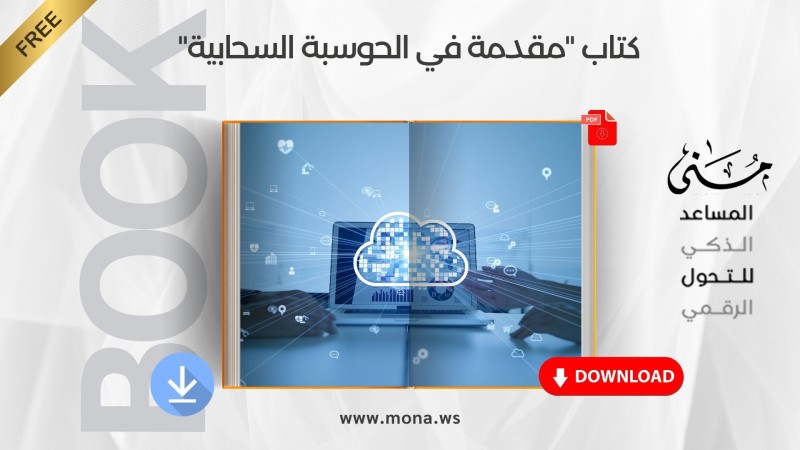

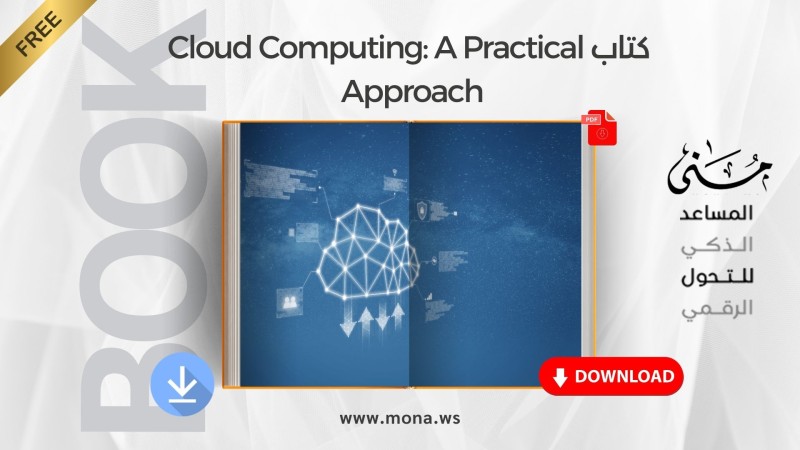
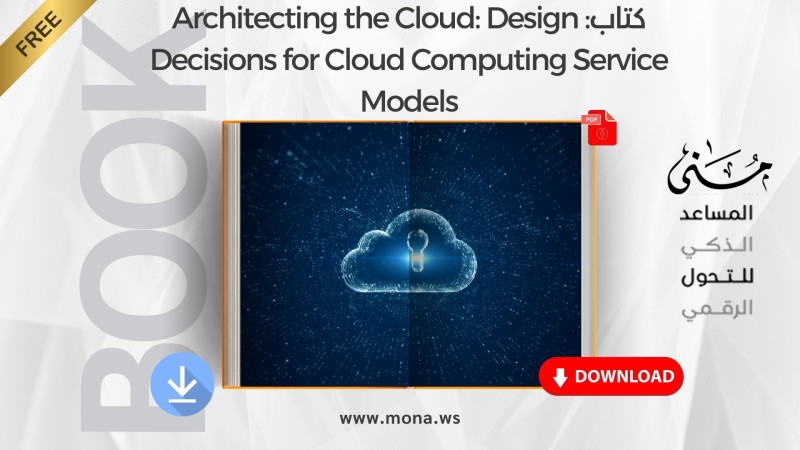
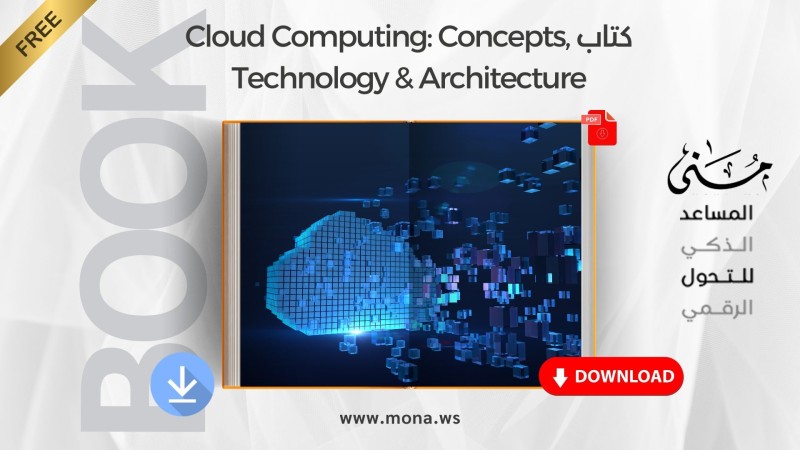
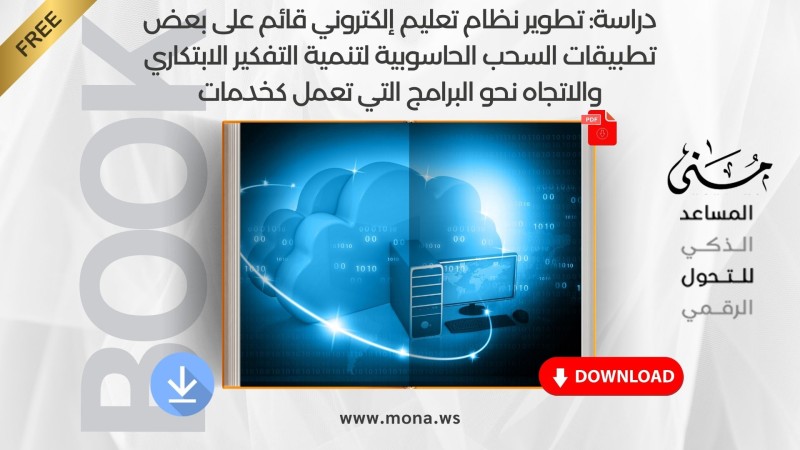

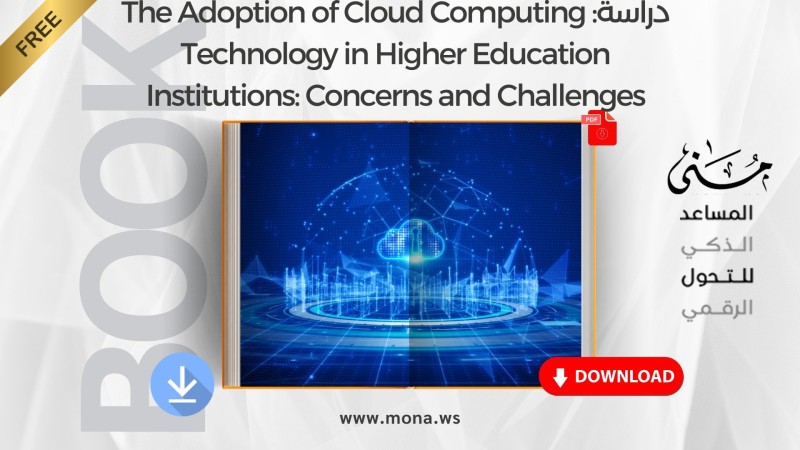
Comments
Add New Comment